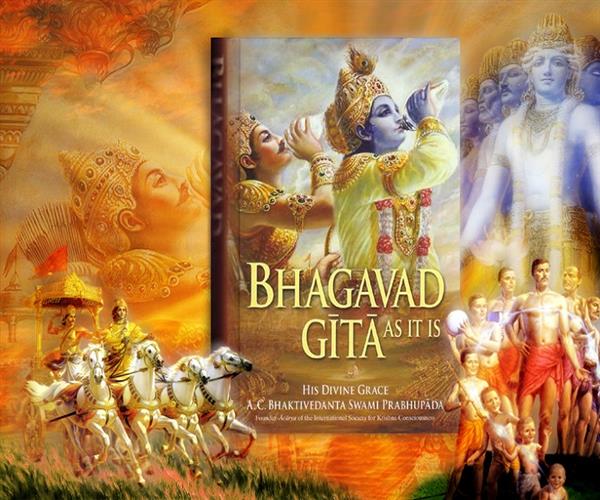In Vedic literature, the Brahmanas play a significant role as a distinct category of texts that form an integral part of the broader Vedic corpus. These texts are associated with the Brahmin priestly class and provide detailed instructions and explanations for the performance of rituals and ceremonies. The Brahmanas serve as a repository of ritual knowledge, elucidating the intricate procedures, symbolism, and philosophical underpinnings of Vedic rituals. They are instrumental in preserving and transmitting the ancient Vedic traditions and ensuring their continuity across generations.

Ritual Explanation and Interpretation:
The Brahmanas serve as a comprehensive guide to the performance of Vedic rituals. They provide detailed explanations of the rituals, including the precise procedures, recitations of hymns, offerings, and the significance of each action. The Brahmanas expound upon the symbolism and hidden meanings behind the rituals, unraveling their deeper spiritual and metaphysical dimensions. These texts elucidate the intricate relationship between the cosmic order and the ritual practices, highlighting the belief in the interconnectedness of the microcosm and macrocosm.
Ritualistic Prerequisites and Requirements:
The Brahmanas outline the requirements and prerequisites for the performance of Vedic rituals. They specify the qualifications, duties, and responsibilities of the priests (Brahmins) involved in the rituals. These texts provide guidance on matters such as purity, sanctity, and the appropriate times and locations for conducting rituals. The Brahmanas also emphasize the adherence to moral and ethical codes, ensuring the integrity and efficacy of the rituals performed.
Preservation of Oral Tradition:
The Brahmanas play a crucial role in preserving the oral tradition of the Vedic hymns and rituals. In ancient times, Vedic knowledge was transmitted orally from one generation to another through a careful process of memorization and recitation. The Brahmanas were responsible for memorizing and teaching the rituals, hymns, and their associated meanings. Their role as custodians of sacred knowledge ensured the continuity and accuracy of the Vedic traditions over centuries.
Social and Cosmic Order:
The Brahmanas articulate the underlying philosophy of the Vedic rituals and their connection to the social and cosmic order. They uphold the belief in the interdependence between the individual, society, and the universe. The rituals are seen as a means of establishing harmony and balance in the cosmic and social realms. The Brahmanas explain the symbolic significance of various elements in the rituals, such as sacrificial offerings and chants, as representations of cosmic forces and principles.
Ritual Innovation and Adaptation:
While the Brahmanas primarily focus on preserving the traditional Vedic rituals, they also demonstrate a degree of flexibility and adaptability. The texts allow for innovations and modifications to accommodate changing societal needs and circumstances. The Brahmanas provide insights into how rituals can be customized and adapted without compromising their fundamental principles, thereby ensuring their relevance and continued practice in different contexts and time periods.